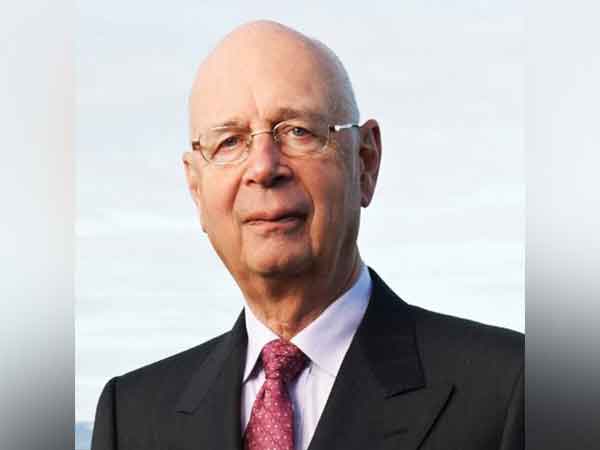Mrinal Chatterjee
The Media Institute I work in has been organizing a three day Photography and Visual Storytelling workshop titled Photographia for the last seven years.
There are some subtle differences between Photography and Visual Storytelling. Photography is often seen as a visual way of telling stories. Let me give you an analogy to explain the difference. Consider the difference between a short story and a novel. Just as a novel consists of many chapters, the photo story should be a coherent tale of many photos. Photographers who work with the concept of visual storytelling, make interpretations of the world around us in an essayistic way.
By harnessing the emotive power of visuals and employing principles of composition and design, the journalist-storytellers can create narratives that transcend linguistic barriers and resonate with diverse audiences. In a world where attention spans are fleeting, visual storytelling serves as a captivating and timeless medium, weaving tales that linger in the hearts and minds of those who experience them.
As technology (especially AI) continues to evolve, the art of visual storytelling will undoubtedly play an increasingly vital role in shaping the way we perceive, understand, and connect with the stories that define our shared human experience.
However, we must stick to the three basic tenets of journalism: truth (satya), righteousness (dharma) and justice (nyaya).
Truck Literature
If Pakistan has its truck-art, and Bangladesh has its rikshaw-art, India has its own truck-art and what could be called ‘truck-literature’.
Have you noticed the witty, reflective, informative, educative lines-often in rhyming couplets written behind the trucks? If you have not- please do. There is a fascinating world of literature out there,
amidst the boring and mundane- Ta Ta, Bye Bye; Speed Limit 40, Bure Nazarwala Tera Muhn Kala.
My artist friend Gorbachove, has written a long post on this in his social media platform.
Excerpts from his post plus my own observation: Love, longing, separation, nostalgia and craving for reunion– these continue to be the leitmotif of truck literature. ‘Mai ek din lout ke aunga’ (I would come one day) expresses the poignancies of lives lived solitarily, treated harshly and spent desperately on uncertain and melancholic highways and which find solace in the memory of the loved ones. It is a promise but more to oneself than to those back home. It would remind him of his essential humanity amidst a lot that is actually or potentially beastly. The image of a truck-driver's wife sitting forlornly by the road and longing for her husband with a literary fragment ‘Tum Ghar kab Aoge’ expresses her edgy desperation.
Obsession with luck is commonplace. So is professing love for the mother and motherland. Usually the mother is a wrinkled, Ill-clad figure who waits for her son to return after all the battles and all the drudgeries are done. ‘Ma tujhe salam’ is a clarion call of a grateful son to a motherland and a mother that has been with him through vicissitudes of life.
Wise sayings and aphorisms focusing on such virtues as discipline ‘Anusasan desh ko mahan banata hai’ to delivery rather than deliberation ‘Kaam Adhik Baat Kam’ show an unusual empathy for the catch-phrases of the emergency. Clearly our trucks are caught in time-warp.
A good truck reminds its readers about its ethnography and iconography... so from ‘Bikaniri Bohu’ to ‘Punjab da Puttar’ to 'Chora Jat ka’ to ‘Bihari Babu’ – trucks scream loud and clear that they are out to take on the world and that the world should become cautious as it is simply unstoppable. However, I am yet to see ‘Bangali Bhadralok’ or ‘Odia Babu’ scrawled at the back of any truck.
The idea of giving 'pass' to vehicles behind the trucks... there is usually an advice: Jagah milne par pass denge’ that quickly morphs into a stern warning, “Dum hai to pass kar warna bardast kar’- the choice is yours; I would advise caution or a stern warning: Jagah milne par pass diya jayega Halla kiya to bans diya jaega.
Age is just a number
The new Prime Minister of France Gabriel Atall is just 34. She is the youngest premier in the history of France. Rishi Sunak, PM of UK is 43. Joe Biden, President of the USA is 81. Donald Trump, who desperately wants to be the President again, is 77. Benjamin Netanyahu, PM of Israel is 74. Sheikh Hasina , Bangladesh’s fifth time PM is 76. Narendra Modi, our PM is 73. Lal Krishna Advani, his onetime mentor and who still probably wants to be the PM of India is 96.
And I am just 62. So, miles to go before I sleep.
Tailpiece
For the first time I am cancelling my Maldives trip due to a diplomatic issue.
Else, every year I used to cancel it due to financial issues.
(Courtesy: Social Media)
Disclaimer:
This is the personal opinion of the author. The views expressed in this write-up have nothing to do with www.prameyanews.com.


































